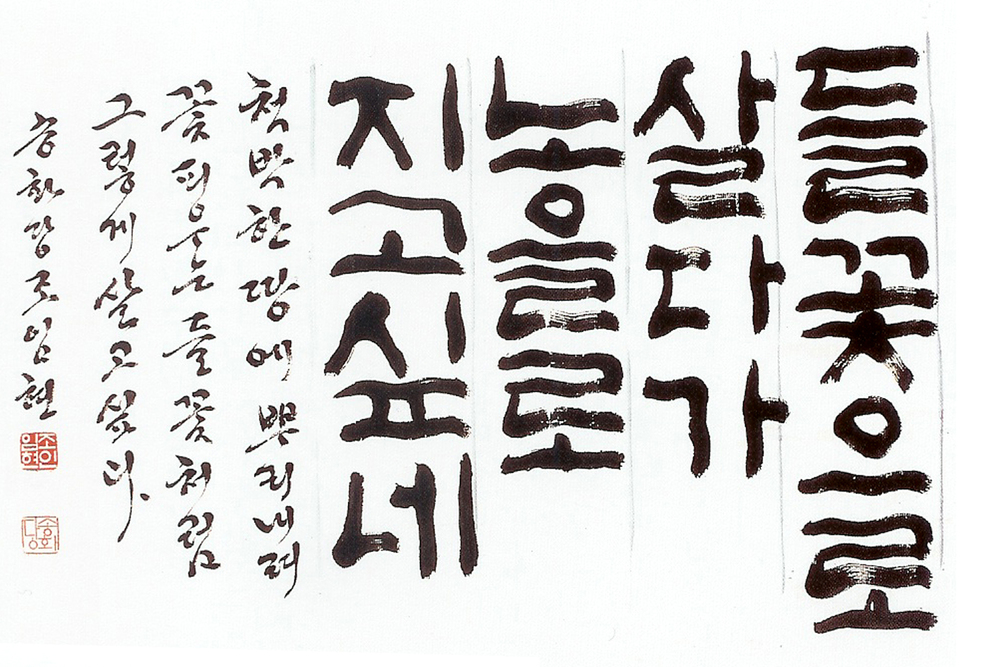dues coincidències....
PART 1____
Aqui volem agermanar dues tradicions: la pròpia valenciana, on es va conferir sentiment de poble amb la proclamació d'un 9 d'Octubre del 1238 a la ciutat de València.
Abans el territori havia format part dels diversos regnes musulmans de la península ibèrica a l'occident europeu.
A València compartim amb altres llocs la llegenda de Sant Jordi, cavaller qui va derrotar un drac a la Capadocia asiàtica (a l'Àsia Menor) allà pel segle VIII on intervenen una princesa i un drac. Poders màgics, bellesa, mals esperits, triumf del bé....
I també Corea és territori de dracs! unes terres a l'Est de l'Àsia no podien no tenir-ne. Com podem llegir a aquesta cançó hyangga de l'època del 1285 pel monjo buddhista Iryon:
'Dedication of the Flower' (Honhwa ka)
The song was composed in the first decades of the 8th century CE and sung by an old herdsman. One day the herdsman meets Lady Suro, wife of Lord Sunjong, and her entourage touring the countryside. The lady asks for an azalea flower growing on a high cliff, but the only person to respond is the herdsman .... which the sea dragon takes away Lady Suro...
Source: taken from A History of Korean Literature edited by P.H. Lee.
PART 2____
Igualment, llegint sobre la història de la cultura coreana trobem un altre 9 d'octubre ---uns 208 anys més tard.

Every October 9, South Korea celebrates Hangeul Day: the birthday of the Korean alphabet.
Without Hangeul, Koreans may still be writing in classical Chinese! October 9, 1446 is when Hangeul was first published and became the official alphabet for the Joseon Kingdom.
North Korea observes their own Hangeul Day on January 15, which is said to be the actual date when the Korean alphabet was made.